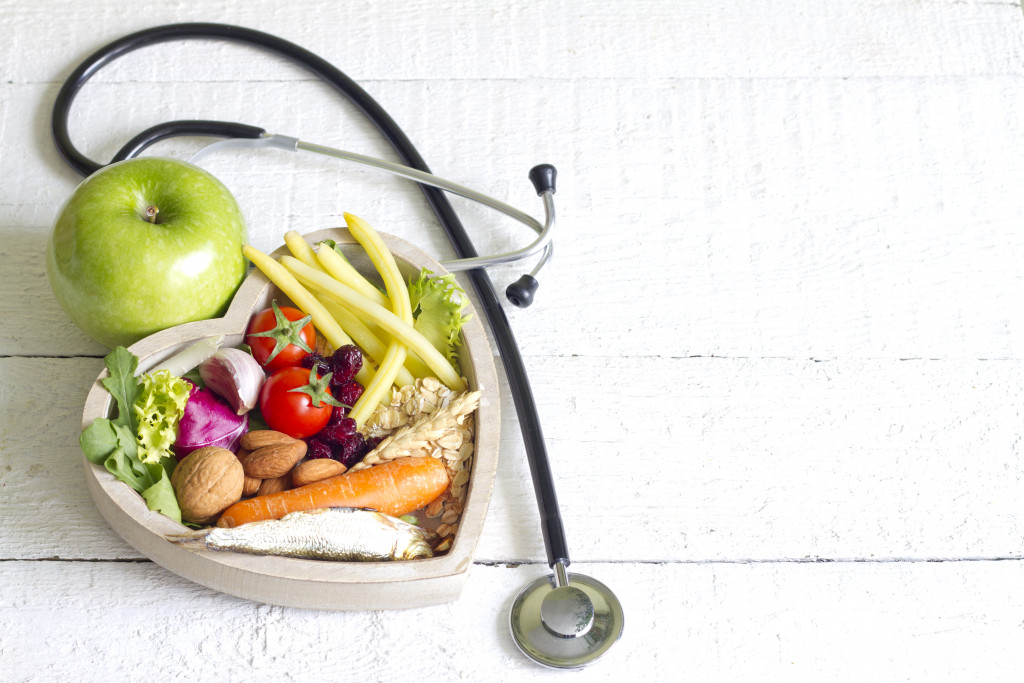A diet that combines meat and vegetables may give you all the nutrients you need from the food you eat, but there’s nothing dietary supplements cannot provide. This is the reason more people are transitioning to a plant-based diet. This diet is both good for your health, as well as for the environment.
You don’t need a diploma in naturopathic nutrition to know that eliminating meat from your diet and consuming more vegetables and grains lessen your risk of developing heart disease, diabetes and even some mental problems.
But, like most new routines, going from eating steak and bacon to purely spinach and broccoli isn’t easy. Apart from craving meat-based food, you might also chase ingredient alternatives to traditionally meat-based recipes. What’s more, if you quit meat cold turkey—pun intended—you might find yourself unmotivated to maintain your plant-based diet.
So, keep in mind the first rule of transitioning to a plant-based diet: do it gradually. Below are some suggestions on how you can do this effectively.
1. Incorporate plant-based dishes in your weekly diet
The first step to transitioning to a plant-based diet is not to remove all the meat right away. Start by making yourself comfortable and satisfied with eating plant-based dishes. Continue to eat the meals you love that happen to be plant-based, such as oatmeal, veggie stir-fry or mixed vegetable salad. Make sure to incorporate these food items in your meals a few times a week, to be able to start the transition without any pressure to be perfect.
2. Start reducing your meat consumption
Once you’re comfortable eating plant-based meals, it’s time to reduce your meat consumption actively. Going slow is also the key to succeed in this step. Start by cutting out processed meat from your diets such as hotdog, sausage and bacon. Then, you may reduce or remove eggs from your diet.
When it looks like you’re surviving, try not to eat meat the entire day on certain days. For instance, you can assign Meatless Mondays. Build on this until you’ve cut down your meat consumption to once a week, then once every couple of weeks, until you’re only eating meat once a month. As you do this, replace your meat-based meals with plant-based dishes.
3. Start reducing your dairy intake
Dairy is as ingrained in most people’s diet as meat. You have cow’s milk, yoghurt and cheese. Then there are things like your coffee creamer and whipped cream, which are also likely dairy. Fortunately, it’s easy to find dairy-free alternatives for these products on the market. You can start using almond, coconut or soy milk, vegan cheese and other vegan options for traditionally dairy products. Once you’ve accomplished this, you’ll realise that you’ve now completely transitioned into a plant-based diet.
4. Maintain for life

Depending on how your journey went, this entire transition can take from a month to half a year. No matter how long or short it took you, what’s important to remember is that you did it. Continue discovering plant-based meals that work for you and keep trying recipes that make your meals exciting. Soon, it will be all about staying motivated to continue this diet for the rest of your life.



















